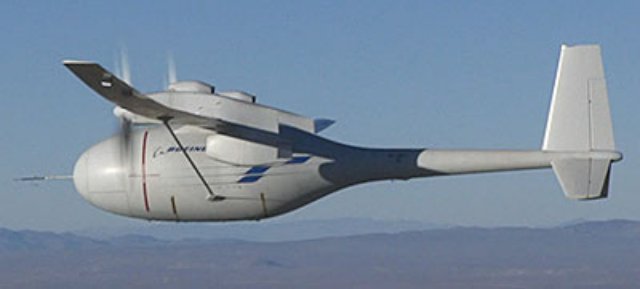Boeing’s Phantom Eye was promoted to experimental status by the U.S. Air Force 412th Operations Group based on the recommendation of officials at NASA’s Dryden Flight Research Center. The liquid hydrogen-fuelled, high altitude long endurance (HALE) unmanned aircraft system (UAS) is a prodigy of sorts, having earned experimental status after completing just six successful test flights.
As an experimental aircraft operating within the U.S. Air Force Test Center, it can now depart protected air space over Edwards AFB, California, for a test range several miles away to complete its endurance and altitude testing.
“Graduating from unproven to experimental status is crucial to Phantom Eye successfully reaching its testing goals this year, so we can bring this capability to the market,” said Phantom Eye Programme Manager Brad Shaw. “Meeting NASA’s stringent safety criteria in six flights is reflective of their confidence in the Phantom Eye team’s hard work and dedication in maturing our system to this point.”
Phantom Works’ Advanced Boeing Military Aircraft team is preparing for more Phantom Eye test flights in the coming months designed to achieve the programme’s intended goal of more than 60,000 feet (18,288 meters) in altitude, while also increasing endurance with each flight.
The Phantom Eye demonstrator is designed stay airborne longer than any other unmanned HALE aircraft currently in production. Following testing of the demonstrator aircraft, a full-size operational version of Phantom Eye could be built, which is expected to stay airborne for seven to ten days. No other system holds the promise of offering on-demand, persistent intelligence, surveillance and reconnaissance (ISR), communications and earth-sensing technology to any region in the world, at a very affordable cost.
Source: Boeing

